pre-listing inspection

A Pre-Listing Inspection is when a homeowner or seller conducts a comprehensive evaluation of the property’s condition before listing it for sale. The primary goal of this pre-listing inspection is to pinpoint any possible issues, defects, or maintenance requirements in the property before placing it on the market. This proactive strategy empowers the seller to tackle these concerns before potential buyers enter the picture, thereby facilitating a more seamless and transparent sales process..
During a pre-listing inspection, a certified home inspector or a professional inspection service will assess various aspects of the property, including:
- Structural Components. This entails evaluating the property’s foundation, walls, roof, and overall structural integrity.
- Exterior Elements. The inspection will encompass exterior components like siding, windows, doors, and the landscaping’s condition.
- Interior Features: Inspectors will assess the condition of walls, ceilings, floors, doors, windows, stairs, and other interior components.
- Plumbing Systems. This includes checking for leaks, proper functioning of faucets, toilets, showers, and assessing the condition of pipes.
- Electrical Systems. Inspectors will evaluate the electrical panel, outlets, switches, and lighting to ensure everything is up to code and functioning safely.
- Heating, Ventilation, and Air Conditioning (HVAC). The HVAC systems will be checked for proper operation and maintenance needs.
- Appliances. If included in the sale, appliances such as stoves, dishwashers, refrigerators, and more may be inspected to ensure they are functioning properly.
- Attic and Crawl Spaces. These areas will be examined for insulation, ventilation, and signs of any issues like leaks or pests.
- Basement or Foundation. The lower areas of the property will be assessed for any signs of moisture, water damage, or structural issues.
- Safety Considerations. The inspection will also cover safety-related aspects, such as the presence of smoke detectors, carbon monoxide detectors, and fire hazards.
After the inspection is complete, the seller will receive a detailed report outlining the findings. Depending on the report, the seller can then decide whether to address any identified issues before listing the property or to disclose them to potential buyers upfront.
A pre-listing inspection can offer several benefits, including:
- Transparency: It provides potential buyers with an upfront view of the property’s condition.
- Faster Transactions: Addressing issues before listing can lead to smoother negotiations and potentially faster closing times.
- Confidence: Buyers may feel more confident in making an offer on a property with a documented inspection report.
- Accurate Pricing: Knowing the property’s condition helps in setting an appropriate listing price.
Keep in mind that a pre-listing inspection is not mandatory, but it can be a valuable tool for sellers looking to streamline the selling process and create a positive experience for potential buyers.
